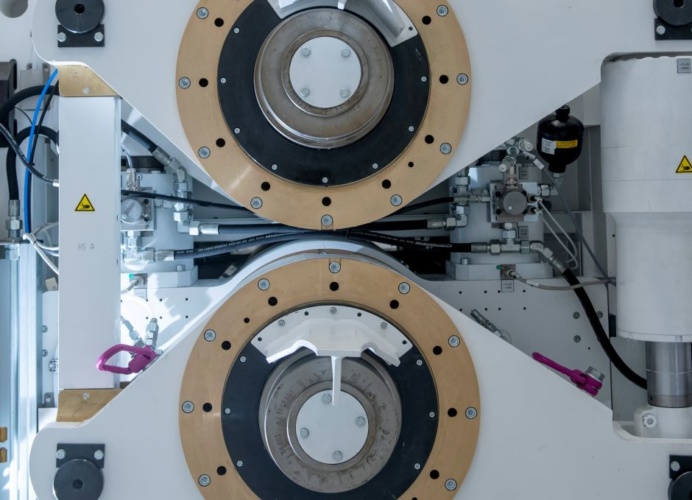
Described as a ‘first of its kind’ battery production development facility, the 18,500m2 publicly funded centre can be accessed by any organisation with existing or new battery technology, providing it will bring green jobs and prosperity to the UK.
Battery startups unveil plans to build UK’s first gigafactory
Britishvolt targets Wales for UK’s first battery gigaplant
UKBIC is said to contain £60m of specialist battery manufacturing equipment, now in the final stages of commissioning with most equipment due to be commissioned by the end of the year. Organisations in the UK will be able to prove whether their technologies (from electrode and cell materials through to battery modules and packs) can be manufactured at the required volume, speed, performance and cost to be commercially successful.
The facilities have been designed for several users to run projects simultaneously in discrete areas, and will provide opportunities for training in battery production, organisers have confirmed. Currently, UKBIC employs 86 people including battery technicians, engineers and consultants, with plans for the number to reach 100 to support future project partnerships with industry and research organisations.
UKBIC’s managing director Jeff Pratt commented: “We’re really excited to be getting close to being operational and playing a key role in developing and stimulating the race to a greener future. Since moving into our new facility earlier this year, we have already begun to welcome manufacturers, entrepreneurs, researchers and educators, albeit in a controlled and socially distanced manner.
“Our battery development facility can be used by companies working on electric vehicles, rail, aerospace and domestic equipment and static energy storage, who can benefit from finding out whether their innovations can be scaled up successfully before committing to the huge investment needed for mass production.”
According to UKBIC, the specialist battery manufacturing equipment will cover the whole production process - from powders and electrodes to cell, module and pack assembly - and has been sourced from leading manufacturers to ensure it is as good as that currently being installed in Gigafactories.
The facility is part of the Faraday Battery Challenge, a government programme to fast track the development of cost-effective, high-performance, durable, safe, low-weight and recyclable batteries.
Tony Harper, Industrial Strategy Challenge director at Faraday Battery Challenge - UK Research and Innovation, said: “I’m delighted that three years after it was just a concept, UKBIC is already on its way to becoming a world-class battery manufacturing facility.
“The facility will help unlock the economic value to the UK of battery development during the country’s transition to a Net Zero economy, and will be made possible through the collaboration of manufacturers, entrepreneurs, researchers and educators who will use it.”




Glasgow trial explores AR cues for autonomous road safety
They've ploughed into a few vulnerable road users in the past. Making that less likely will make it spectacularly easy to stop the traffic for...